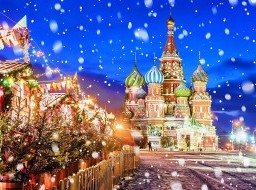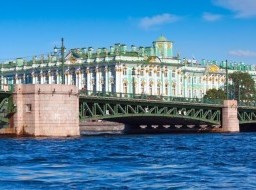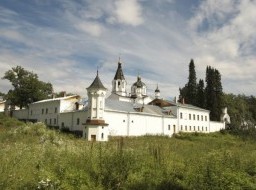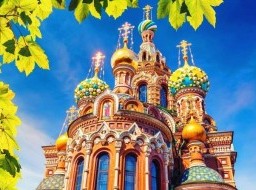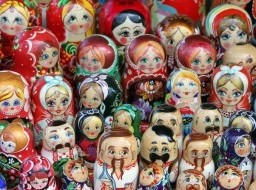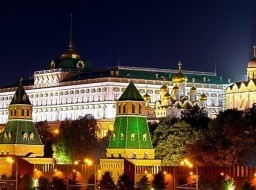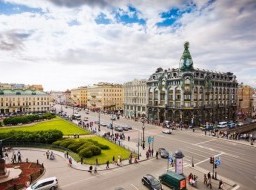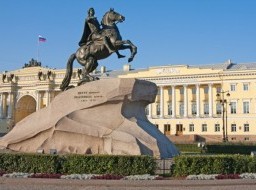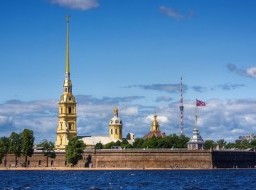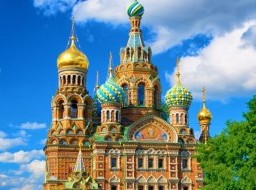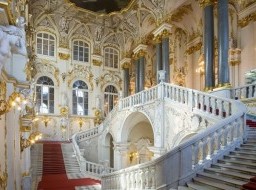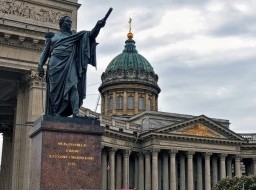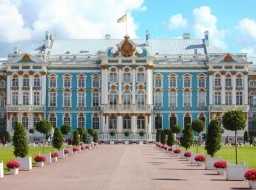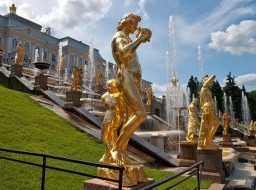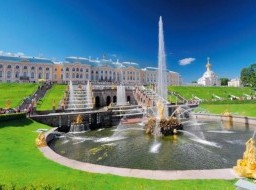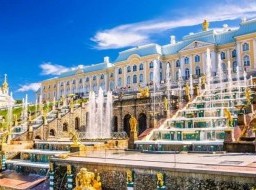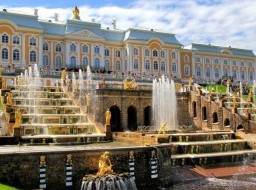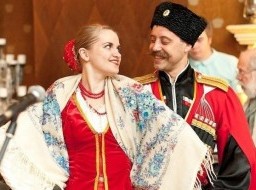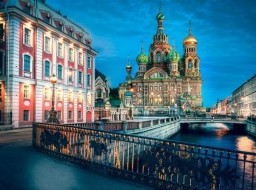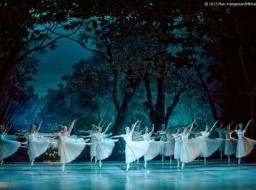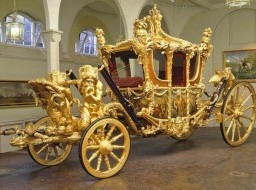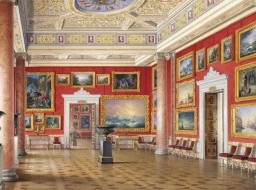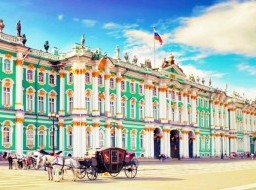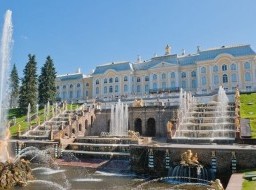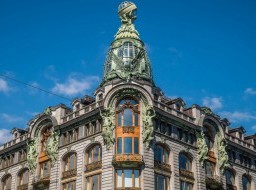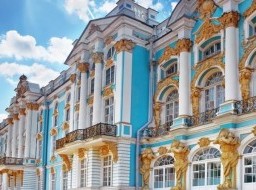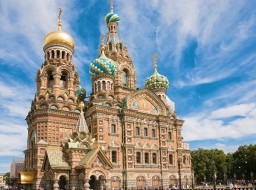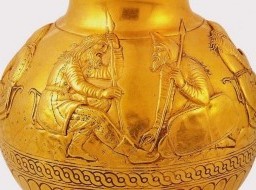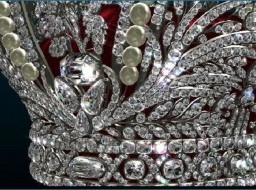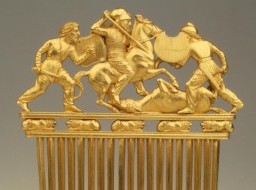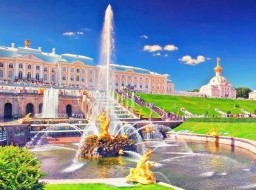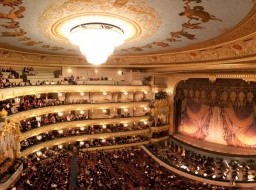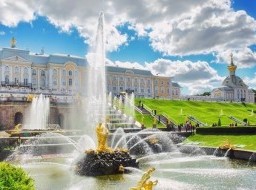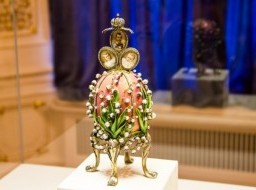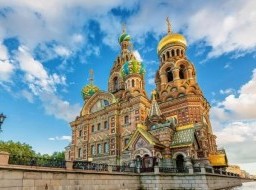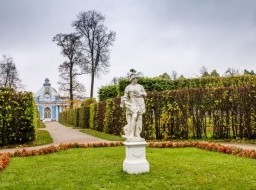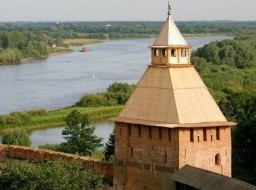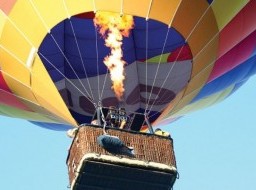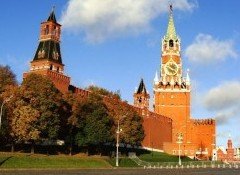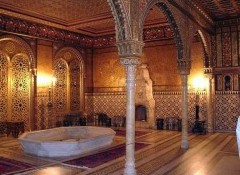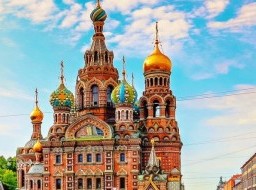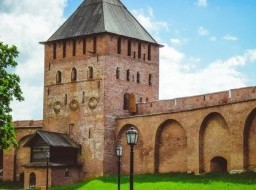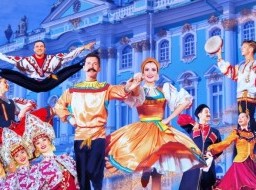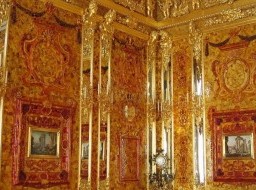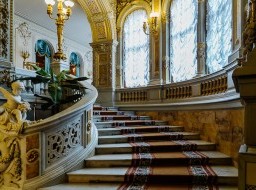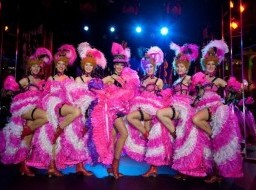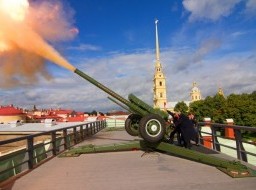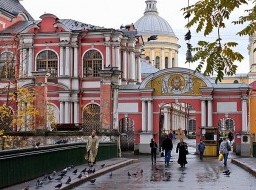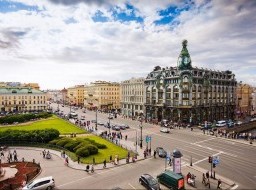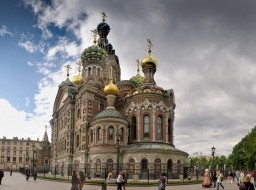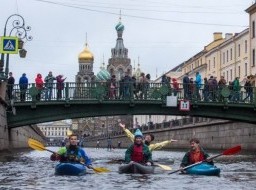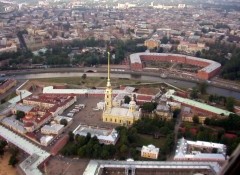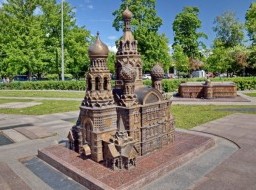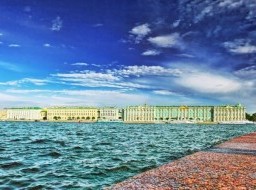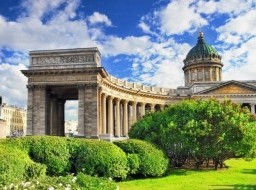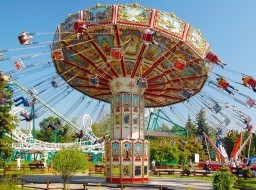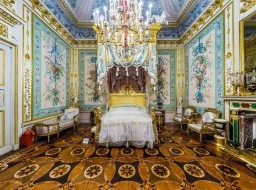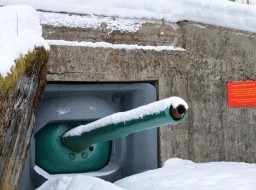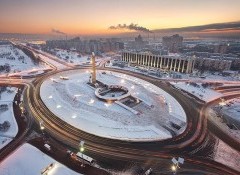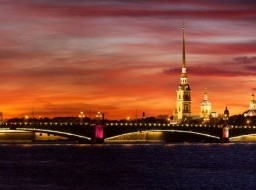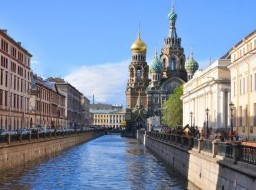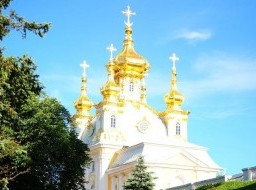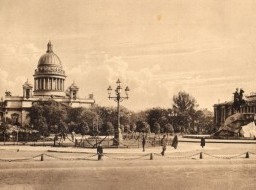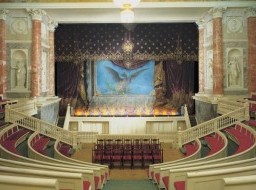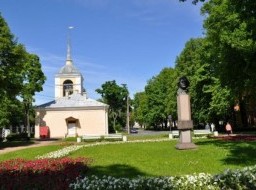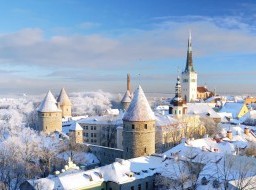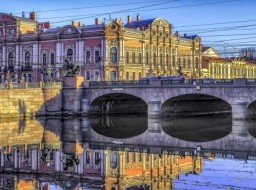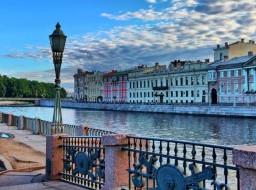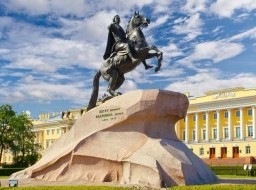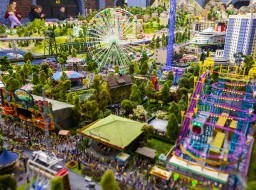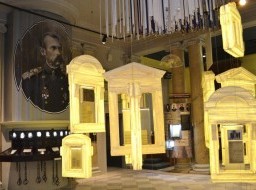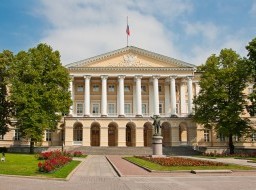Catherine's Palace (Tsarskoe Selo)
The Palace-and-Park ensemble of Pushkin (Tsarskoye Selo) - a former country residence of Russian emperors - is a fascinating monument of the world's architectural and gardening arts of the XVIII-XX centuries, famous for the splendor of its Baroque interiors, including the stunning Gold suite of rooms and the unique Amber Room, the 8th wonder of the world. Its three parks occupy the area of 600 ha, on which over 100 architectural constructions rise: from magnificent palaces and grand monuments to intimate pavilions and park sculptures. Palaces and park ensembles of the town of Pushkin and its historical centre are included in the UNESCO World Heritage List. The compositional center of the Tsarskoselsky ensemble is Catherine's Palace, containing exquisite decorative objects, furniture, Russian and Western-European paintings, unique collections of porcelain, amber, arms, decorative bronze, sculptures etc. Nowadays, the collection of the museum Tsarskoye Selo numbers about 20,000 items. The Tsarskoselsky Lyceum, an elite school established in Russia in the beginning of the XX century for noble families offspring which the great Russian poet A.S.Pushkin attended, is situated next to the palace. The exposition "Recollections in the Alexander's Palace" is open in the last residence of Russian emperors, architectural chef d'oeuvre of the XVIII century (architect G.Guarenghi). In its 12 halls, with authentic or partially reconstructed attire, artworks like paintings, graphics, decorative and applied art, costumes, personal belongings etc. are represented, related to the life of its crowned owners. Imagine an entire room covered with panels of amber, glowing and catching the light - no wonder the Amber Room at Tsarskoe Selo was considered to be the Eighth Wonder of the World. King Friedrich Wilhelm I of Prussia presented the room as a diplomatic gift to Peter the Great in 1717. After Peter had admired it while a guest in Charlottenburg, Berlin. The room was first installed in the Winter Palace, but in 1755 Empress Elizabeth ordered Francesco Rastrelli to move it to the Catherine Palace. Tsarskoe Selo first appeared in the 18 century as the summer residence of the Russian tsars. In 1918 the town was renamed into Detskoe Selo (Children’s Village). In 1937 the name was changed into Pushkin, to commemorate the centenary of the great Russian poet’s tragic death. Created for two centuries by many prominent architects, the unique architectural ensemble of Pushkin is world famed for its elegant palaces and pavilions, landscape parks and ponds, 18-century marble statues and historic obelisks. This "town of Muses" inspired many celebrated Russian poets, painters and musicians to create their renowned masterpieces in music and art. The history of Pushkin dates back to early 18C. At that time the estate called "Saarskaya Myza" (in Finnish "elevated locality") was here. Peter I gave this land first to his favorite, Prince Alexander Menshikov, but later took his gift back and granted it instead to his wife, Ekaterina Alekseevna, the future Empress Catherine I. In 1724 the first palace, known as the "stone mansion" of Catherine I was built and the park was laid down. From that time onwards the place became known as "Tsarskoe Selo" (Royal Village).  Before it was looted by the Nazis, the Amber Room was sometimes dubbed the "Eight Wonder of the World" due to its singular beauty When Empress Elizabeth, the daughter of Peter the Great, inherited this property, she decided to turn this estate into her gala summer residence. By the order of Elizabeth, the unique palace and park ensemble was created here by architects Rastrelli, Zemtsov, Chevakinskiy. In 1752-1756 a remarkable Bolshoy Catherine Palace - the striking example of baroque architecture - was built by architect Rastrelli, and numerous entertainment pavilions were erected in the park. The display of the Catherine Palace museum covers the almost 300-year history of this outstanding edifice and presents the work of architects involved in its construction and decoration in the eighteenth and nineteenth centuries and also with the achievements of the restorers who returned the palace to life after the Second World War. Of the 58 halls destroyed during the war years, 32 have been recreated. In 1752-1756 a remarkable Bolshoy Catherine Palace - the striking example of baroque architecture - was built by architect Rastrelli, and numerous entertainment pavilions were erected in the park. The display of the Catherine Palace museum covers the almost 300-year history of this outstanding edifice and presents the work of architects involved in its construction and decoration in the eighteenth and nineteenth centuries and also with the achievements of the restorers who returned the palace to life after the Second World War. Of the 58 halls destroyed during the war years, 32 have been recreated. In 1979, efforts were undertaken to rebuild the Amber Room at Tsarskoye Selo. In 2003, after decades of work by Russian craftsmen, financed by donations from Germany, the reconstructed Amber Room was inaugurated in the Catherine Palace in St. Petersburg, Russia. 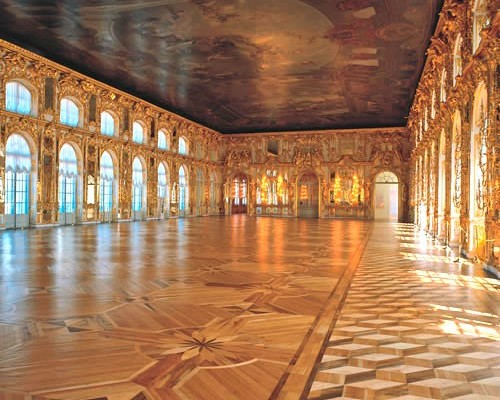 Catherine Palace is the most common name for the magnificent palace in Pushkin. However, you may also come across "the yekaterininsky", "yekaterininsky", "the grand catherine palace", "grand catherine palace" During the reign of Catherine the Great further significant alterations were made to the palace and park. The Catherine Park was extended with the layout of the garden landscaped in the English style. In the palace itself part of baroque interiors with abundance of gilded moldings and sculptures were completely altered by the Scottish architect Charles Cameron in the spirit of increasingly fashionable Classical style. Tsarskoe Selo is also associated with Russia’s greatest poet Alexander Pushkin, who studied in the town’s Lyceum from 1811 to 1817. Here, in Tsarskoe Selo, Pushkin’s presence can be felt everywhere: in the beautiful Tsarskoe Selo Park where the young poet used to wonder, in the town to which Pushkin dedicated so many of his famous verses, and in the building of the Lyceum itself, which currently houses a memorial museum. During the Second World War many glorious monuments suffered badly. Park pavilions, bridges and water systems were completely destroyed by the Nazis. Many century-old trees were chopped down. Bolshoy Catherine Palace and Alexander Palace were completely looted and badly damaged. When the Nazis were finally driven out of Pushkin, work began on restoration of unique architectural ensemble. Presently, major monuments have been restored and are open for public. Currently the Catherine Park is open for visitors year round, except November. |
|
